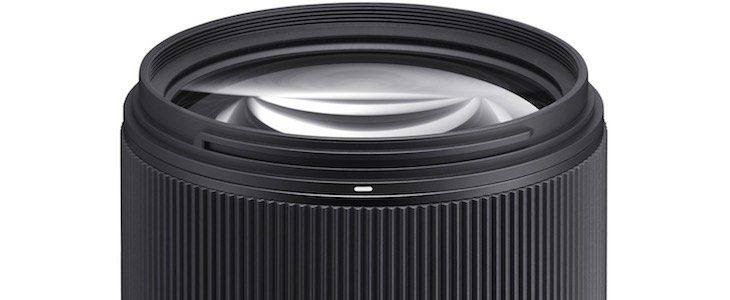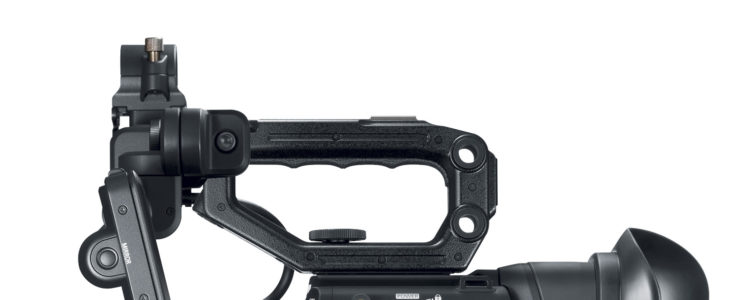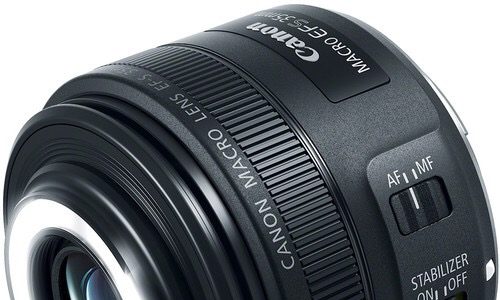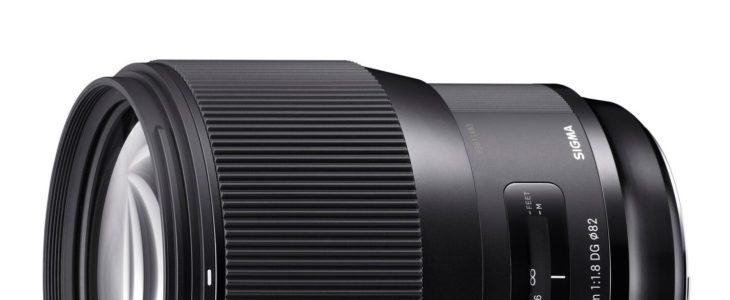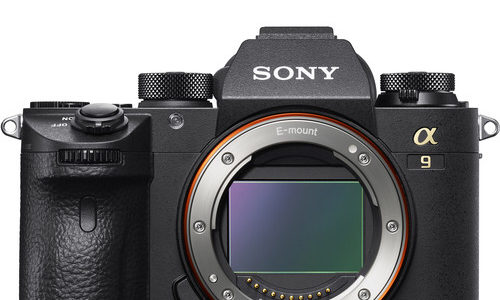Sigma 135mm f/1.8 DG ART review (best lens tested so far by photozone.de)
Sigma 135mm f/1.8 Art: B&H Photo, Adorama, Amazon USA, Amazon Canada, Canon Canada, Canon USA
At a glance:
- EF-Mount Lens/Full-Frame Format
- Aperture Range: f/1.8 to f/16
- Two FLD Elements, Two SLD Elements
- Super Multi-Layer Coating
- Hyper Sonic AF Motor, Manual Override
- Rounded 9-Blade Diaphragm
- TSC Material, Brass Bayonet Mount
- Compatible with Sigma USB Dock
Lens testing authority photozone.de reviewed the Sigma 135mm f/1.8 DG ART, a new Sigma lens that gets a lot of positive feedback. The Sigma was tested on a Canon EOS 5Ds R.
In the conclusion the reviewer writes:
Those who have followed us [i.e. photozone.de, editors note] over the years know that we don’t easily come up with superlatives but this time it’s hard to avoid them really. The Sigma lens is the best lens that we have tested so far. The resolution figures are outlandishly good -plus low CAs, very low distortions and comparatively low vignetting. The quality of the bokeh is very close to perfection (for a conventional lens) except for the inevitable cat eye highlights in the image corners. If there is a real weakness it is bokeh fringing at large aperture settings. However, we’ve rarely seen lenses that can correct them and they were not as fast anyway.
The build quality is top notch and, honestly, we can’t really find any downsides here. The used materials are of great quality and weather-sealing helps in situations when the going gets tough. The AF is very fast and near silent. Read the full review…
Well, that’s a hell of a positive feedback for the Sigma 135mm f/1.8 DG ART. The Sigma sells for $1,399, which seems to be a fair price for a lens such as this. If you want to learn more about the Sigma 135mm f/1.8 Art lens have a look at the MTF figures, Imaging Resource’s review, Dustin Abbott’s review,

